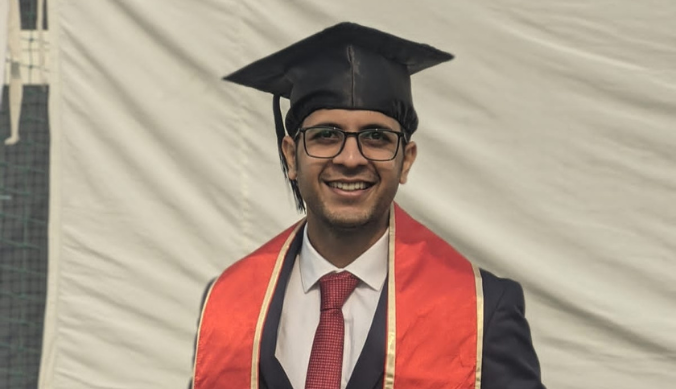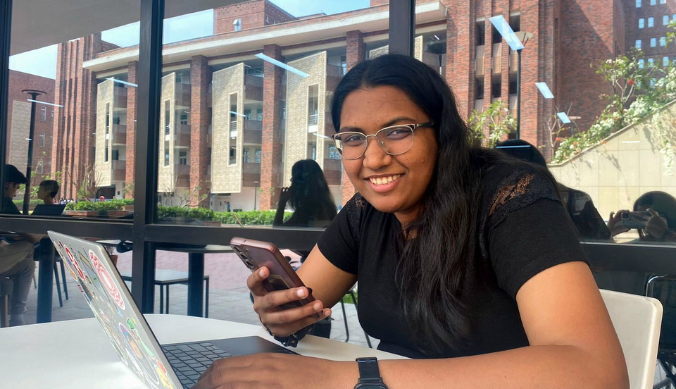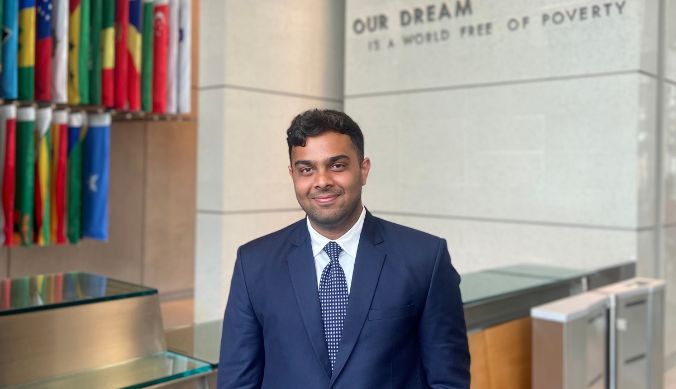Teaching the Communicative and the Cognitive: An Overview of CWC’S ELT Programme
Jyotirmoy Talukdar and Sonakshi Srivastava write about the role of the English Language Teaching Team, its pedagogy and its commitment towards making English accessible to all
The job at hand for the English Language Teaching team at the CWC is unique because both the communicative and the cognitive proficiency of a student get addressed in an English language classroom at Ashoka. The linguist Jim Cummins has called the first kind of proficiency Basic Interpersonal Communication in English (BICS) which means conversational fluency. Cognitive Academic Proficiency in English (CALP), on the other hand, entails being able to understand and express concepts and ideas without an impediment posed by the language of expression. A learner who is learning English as a Foreign Language (EFL) may typically take a few years to acquire the former, and may take even longer to grasp the latter. However, the courses titled English Communication and Intermediate English Communication, both taught by the CWC, aim to achieve both of these with an incredibly sincere and hard-working cohort of students each year.

First-year undergraduate students who would benefit from prior training in English and critical thinking are enrolled in the Academic Bridge Programme, a three-week course preceding the Monsoon semester. The ABP, and later the English Communication course, works on the student’s confidence in using the language in all settings while ensuring that they are also learning to employ the same in a more discipline-specific way. In other words, their training in communicative English must, almost simultaneously, propel them to understand the texts used in all Foundation Courses and Electives they are enrolled in and also give them the vocabulary to participate in the class and write academic papers.
One of the exercises used to achieve this during the bridge programme is to screen audio-visual material like short documentaries, reports and films. Extreme care and thought are applied to the choice of material used since the goal is to use the piece to teach English alongside developing a critical understanding of social issues. One such video used is that of a privilege walk held in the US. In this version of the walk, the participants (all US residents of different ethnicities and genders) race for a 100-dollar prize. Their starting lines are different based on Yes-No responses to seemingly simple questions in their years of growing up. The social experiment sensitises the participants to privileges that are crucial to our ‘performance’ and ‘success’ but ones that we often fail to admit. In the class, the experience of watching the video is initially eye-opening and unsettling for students as they slowly start commenting on what they just saw on-screen. During the discussion, the instructor tries to ensure that academically oft-used words that are pertinent to the clip find mention and comprehension. Some words that could be introduced are privilege, marginalisation, accessibility, accommodation, discrimination, subordination, construct, interrogate, advocate, and compensate—just to illustrate here with examples. As a follow-up activity, each student is encouraged to imagine themself as the conductor of the race. Thereby, each of them dives deep into their social contexts. “Now, as the one conducting the race and asking privilege-denoting questions to your participants, what are five questions that you would ask them?” the students are asked. As they write down (and then speak aloud) their questions, they learn to not only think-doubt-question but also correctly write meaningful interrogative sentences in a language that they aim to master.
The role of the ELT team does not end with the ABP and English Communication courses. The team extends support to students who grapple with the complexities of English speaking and writing in the everyday. These students may be referred by their professors or may want to further hone their writing and speaking skills in English. The interaction between the students and the team happens on a one-on-one basis: this allows room for a dedicated and careful interaction between the tutor and the student.
The one-on-one sessions are usually tailored to suit the requirements of the students. However, a few activities are shared across the personal pedagogy of the tutors. One example of such an activity includes a roleplay exercise wherein the student assumes the role of a character or imagines a particular situation. This exercise is particularly fruitful for enhancing speaking skills. One popular roleplay example requires the student to assume the role of a tourist guide. The role allows them to express themselves to an “outsider” — one who is not privy to the registers of the local language as well as the culture. Such exercises not only allow the students to express themselves but also aid the tutors to pick up on the evident limitations of the students which may range from subject-verb agreement to misuse of articles and tenses. This then allows the tutors to segue into particular areas that the students may require assistance in, thereby also focalising the attention on the student’s needs.
In addition to the one-on-one interactions on General English, attention is also extended to course-specific requirements of the students. The ELT team works in close tandem with the students and their curricular texts to demystify the language of the texts for them. The team has worked with students from various departments ranging from Environmental Studies to Philosophy, Sociology and Anthropology to Biology and beyond. Students who previously benefited from the offerings of the ELT programme have gone on to achieve great success in their professional lives.










